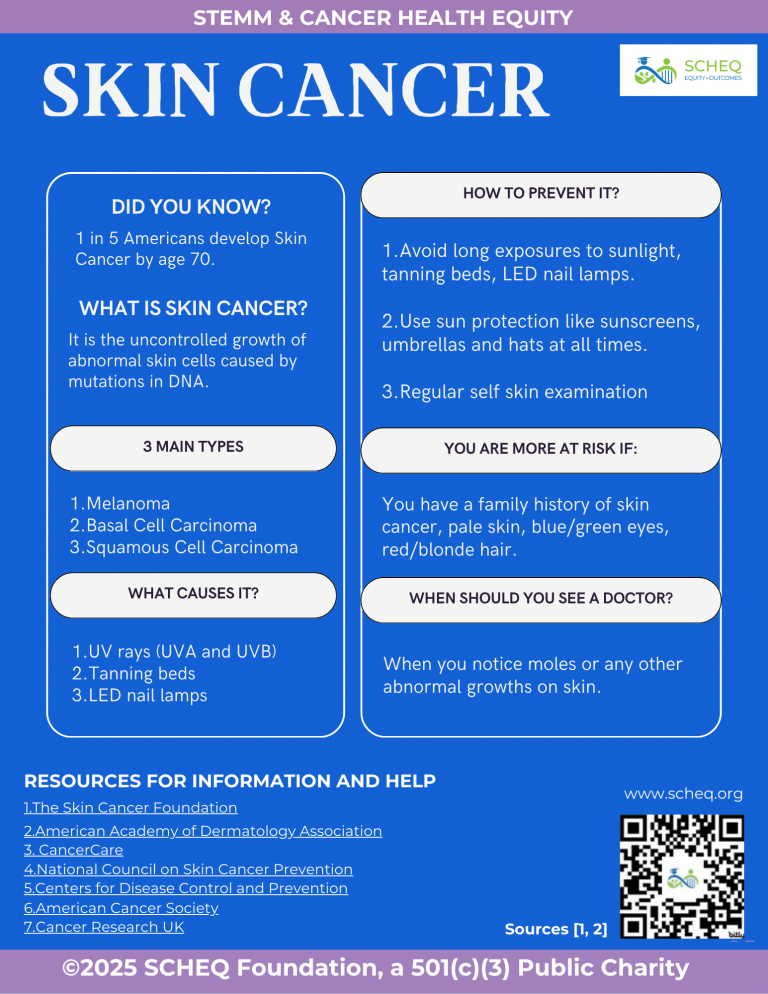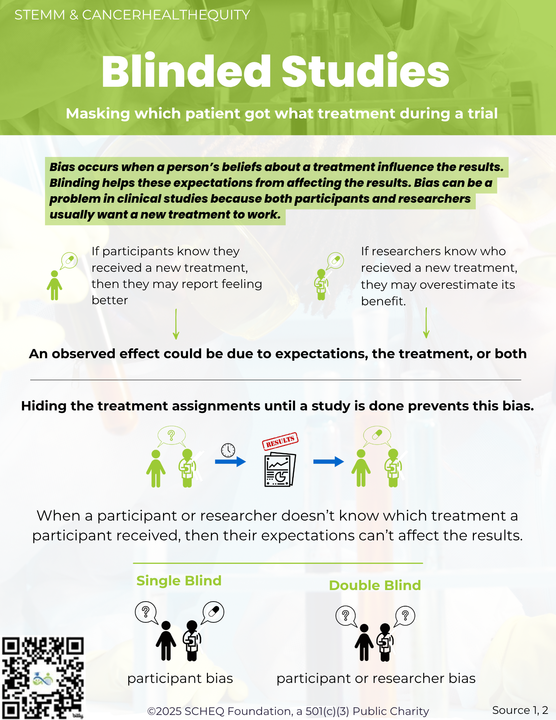Dr. Eugeneia Maria del Pino was born on April 19, 1945 in Quito, Ecuador. She received a Licentiate Degree (1967) from the Pontifical Catholic University of Ecuador (PUCE), a MSc (1969) from Vassar College, and PhD (1972) in Biology from Emory University. After her PhD she accepted a professorship back at PUCE to establish the field of Developmental Biology.
Due to a lack of funds needed to work on existing animal models, she used local Ecuadorian frogs, on the campus grounds to continue her research into reproduction, oogenesis and gastrulation. Most of her work was also done by undergraduates. The Latin American frog trait of physically carrying eggs on their back caused abnormally large cells to develop, allowing it to undergo novel nuclear development. These pathways help bridge the gap between the early stages of species development, as they were found to be conserved across frog species and revealed signs of early-stage species adaptation, leading her to receive a medal from the Charles Darwin Foundation.
Outside of research, she became the strongest advocate for Ecuadorian education and would go on to help found their Academy of Sciences. She would go on to serve as Vice President of the Charles Darwin Foundation in the 1990’s where she helped fund Ecuadorian students to travel to the Galapagos Archipelago for research and conservation. She is a member of the Latin American Academy of Sciences, World Academy of Sciences for the Advancement of Science in Developing Countries (2005), and honorary Foreign Member of the American Academy of Arts and Sciences (2006). She was awarded the Society for Developmental Biology Lifetime Achievement Award in 2022.
REFERENCES:
- https://www.nasonline.org/directory-entry/eugenia-m-del-pino-zkrzot/
- https://lasdb-development.org/pages/prize.html
- https://ijdb.ehu.eus/article/12705669
- https://web.archive.org/web/20101119104606/http://darwinfoundation.org/english/_upload/annual_report_2009.pdf
- https://www.sdbonline.org/lifetime_achievement_award
Image Source:
Dr. Eugenia del Pino from Equador
July 29, 2012
CC By-SA 3.0 – Creative Commons Attribution-Share Alike 3.0 Unported Licence




